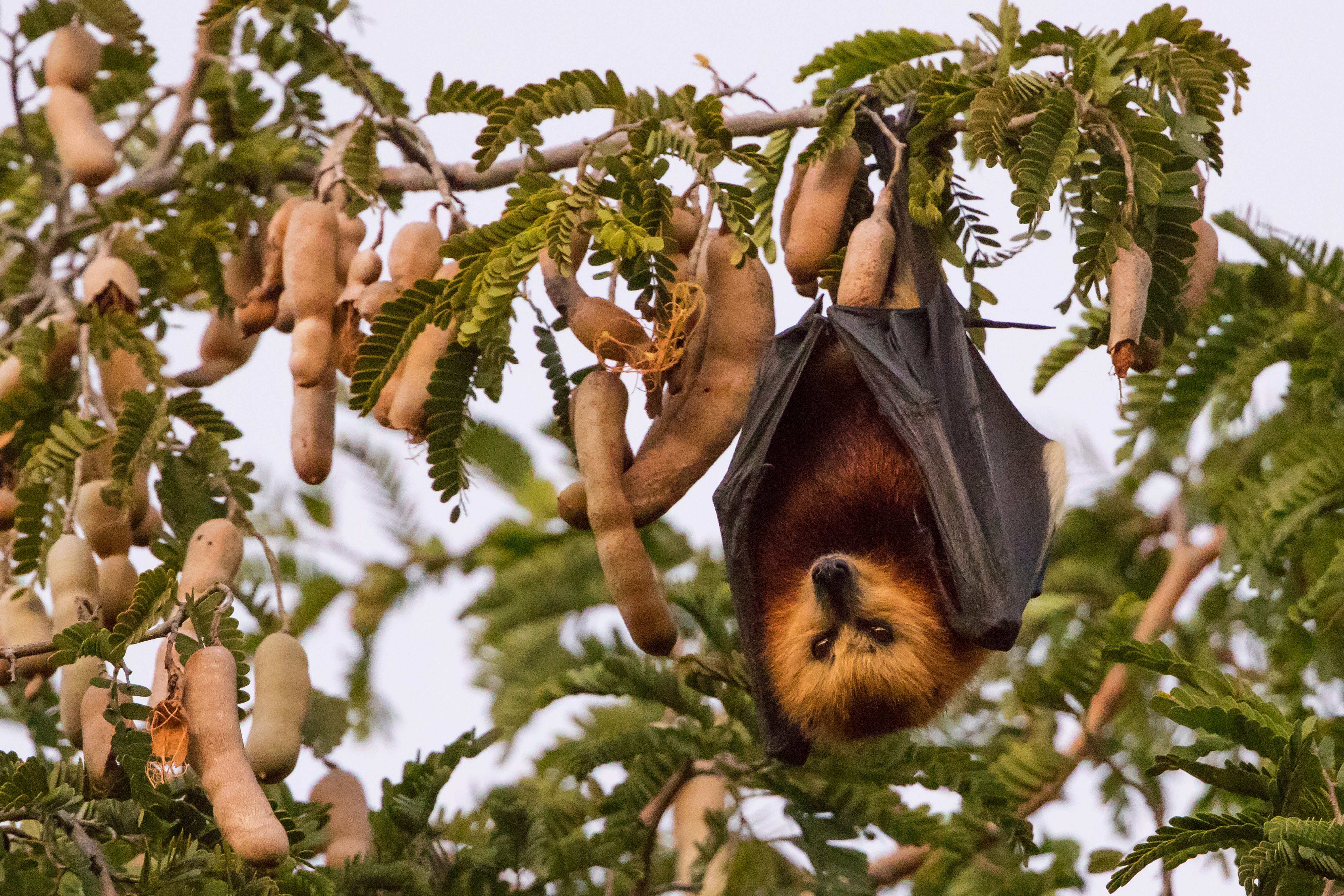Flying foxes, increasingly at risk of extinction, face threats in the form of hunting, habitat loss, and mass culling. That’s bad for island ecosystems — and, eventually, the people who live there, according to a new perspective published today in Science.
Unfortunately for all of us, flying foxes are not actual foxes with wings. They are large bats with longish snouts and fox-like faces that mostly live on islands and archipelagoes from the Pacific to the Indian Ocean. The animals eat fruits, flowers, nectar, and roots — and they are key for pollinating plants and dispersing seeds. In fact, they can fly over long distances — over 37 miles in one night — bringing with them fruits (and seeds) and even pooping seeds as they fly. Plants aren’t likely to survive if their seeds can’t get far enough away from their mother plants, and so the flying foxes ensure their spread, says study co-author Vincent Florens, an associate professor at the University of Mauritius, in an email to The Verge.

Photo by Jacques de Spéville
There are 65 species of flying fox around the world, and about half of them are threatened with extinction. The bats are hunted in large numbers for their meat or as a sport, and the forests where they live are being cut down. Many fruit growers also believe the bats are bad, because the mammals eat their fruits; so several governments approve of mass flying fox killings. In 2015 and 2016, in the Indian Ocean island of Mauritius, the government killed over 400,000 flying foxes as part of a mass cull campaign, even though the local species, Pteropus niger, is considered vulnerable to extinction. “The cull was a response to the conflict with fruit growers,” says study co-author Tigga Kingston, a biology professor at Texas Tech University.
Almost all of the threatened flying fox species live on islands. Islands are closed environments, so the bats have nowhere to escape if they’re being hunted. “When you’re on an island, there’s nowhere to hide,” Kingston says. Tropical islands are also more vulnerable to cyclones and typhoons, which are dangerous for the bats. Sometimes, up to 95 percent of bat populations can be lost in a single storm, Kingston says.